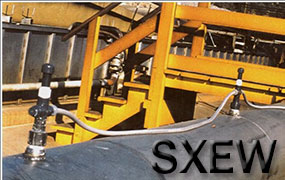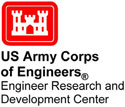
Zeta Library Collections: Technical Papers
February 1992
Solids Control in Solvent Extraction Circuits Using Electrostatic Dispersion
Morris Michael Pitts, Jr.
Society for Mining, Metallurgy and Exploration, Inc.
Annual Meeting, Phoenix, AZ February 1992
Elevation of surface charge density on colloidal particles in the presence of a high potential electrostatic field is demonstrated as a viable technique for preventing the accumulation of solids in solvent extraction circuits. This technique performs without introducing compounds that potentially interfere with kinetics or with phase separation.
click here to link to the SME Technical Paper
 Technical Papers
Technical Papers


